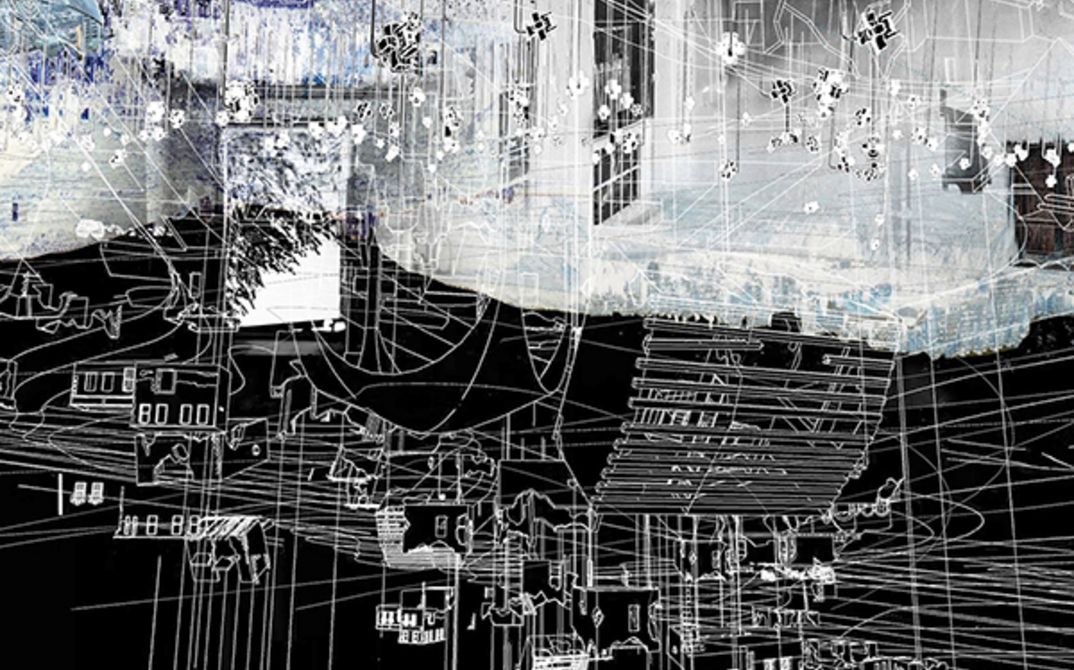Mixed media installation, 7 min. English.
A future imaginary scenario set up in rural Palestine in the form of a garden with 50 flowers representing 50 Palestinian villages: Nothing is conventional in this garden. Not aware whether one is at the scale of the village, the city, or the room, the garden negotiates a new experience within the informal and the periphery that has been created as a result of a fragmented geography; a status of in-betweeness; in between the real and the imaginary, surface and bellow, absurdity and irony, physical and virtual.
The digital garden reclaims some of the 420 villages of today’s Palestine, but also marks and commemorates the 420 Palestinian villages that were razed in 1948. 50 slices of earth containing “digital” flowers have been brought to Berlin to narrate this absurd landscape. Capsules containing physical and digital DNA are trapped in each flower to capture and share the story of the 50 Villages project. It may eventually require DNA forensics to reveal the micro objects implanted within each flower. For Palestinians this will be awakened one day. QR codes offer an insight into RIWAQ’s digital archive.
RIWAQ – Centre for Architectural Conservation is an NGO founded in 1991 in Ramallah, Palestine by architect and writer Suad Amiry. RIWAQ’s main aim is the preservation of historic centers in rural Palestine. RIWAQ has succeeded in shifting the focus of cultural heritage preservation from the physicality and materiality of historic buildings to focusing on the quality of people’s lives and the quality of the private and public spaces in which they live. This is perhaps best exemplified by RIWAQ’s ability to provide some 120 community/cultural centers in 80 villages and towns, half of which were spaces for women and children.
RIWAQ’s Team: Suad Amiry (Lead Architect), Khaldun Bshara (Co-Director), Shatha Safi (Co-Director), Michel Salameh, Aya Tahan, Dana Abbas, Saja Mansour, and Yara Bamieh.
Yara Sharif and Nasser Golzari are award-winning architects and academics with an interest in design as a mean to facilitate and empower “forgotten” communities, while also interrogating the role of architectural politics and social commitment. Their work has been exploring new means to rethink the Palestinian landscape through speculative scenarios and live projects. Combining research with design, their work runs parallel between the architecture practice NG Architects, London and the design studio at the University of Westminster and their design-led research group Palestine Regeneration Team (PART).
